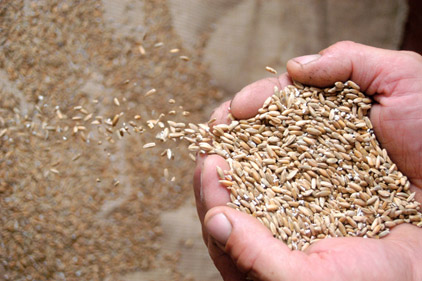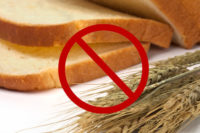Gluten-free food labeling gets some clout

After years of waiting, the Food and Drug Administration (FDA) released new rules earlier this month defining exactly what "gluten-free" on a food label means. The standardized definition will help the 3 million American who have celiac disease, along with millions more who follow a gluten-free diet for other reasons.
The huge rise in people who eat gluten-free food as a dietary preference has been a mixed blessing for those who suffer from celiac disease, which can only be treated through total abstinence from gluten, a protein found in wheat, barley, rye and other grains.
The popularity of such a diet added more and more products to the market labeled "gluten-free." But it also created uncertainty about what "gluten-free" really meant, since there was no uniform standard applied to the term.
That’s why celiac patients are pleased with long-awaited FDA regulations announced earlier this month that now require foods labeled "gluten free" to have only trace amounts of the protein. For them, the new regulations will make buying food safer and less complicated.
"It allows us to breathe a little easier," says Gabrielle Simon, founder of a support group at Nyack Hospital for families of children with celiac disease. Celiacs suffer when gluten triggers an autoimmune reaction that damages the small intestine and interferes with absorption of nutrients.
As more people follow a gluten-free diet by choice or necessity, food manufacturers are adding more products to meet the demand. Last year, sales of gluten-free products hit $4.2 billion, nearly triple what they were in 2008. Sales are expected to rise to $6.2 billion by 2018, according to industry predictions.
"A lot more foods are available, but you have no idea if they are really safe or not," states Chris Spreitzer of Croton-on-Hudson, who leads the Westchester Celiac Sprue support group. "If you have celiac, you really need to know."
The new regulation has been in the works for a long time, starting with a proposal sponsored by U.S. Rep. Nita Lowey (D-N.Y.) in 1999. The Food Allergen Labeling and Consumer Protection Act became law in 2004. The act required that food packaging be clearly labeled with the top eight ingredients that cause allergic reactions, including milk, egg, peanuts, tree nuts, fish, shellfish, soy and wheat. It also required the FDA to issue standards for the term "gluten-free" – a task that took nearly 10 years to accomplish.
Source: www.usatoday.com
Looking for a reprint of this article?
From high-res PDFs to custom plaques, order your copy today!








